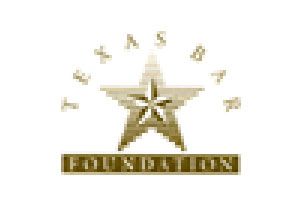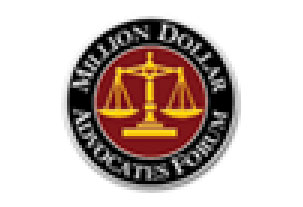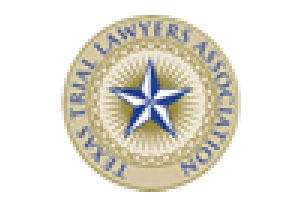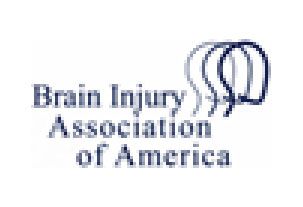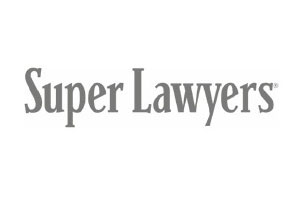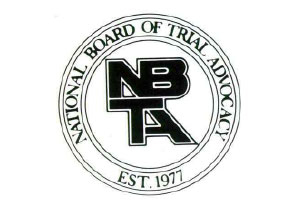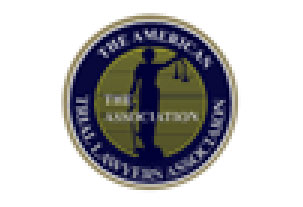Most of us have probably heard of Botox being used to reduce facial wrinkles. However, Botox can also be used to treat spastic quadriplegia in cerebral palsy patients. Children affected by spastic quadriplegia suffer from severe muscle stiffness in both arms and both legs. Most children with this condition cannot walk. Their speech may also be affected, and seizures are common as well.
Treatment for spastic quadriplegia often involves physical therapy, surgery or both. Physical therapy is used to help relax a patient’s stiff muscles, and most children also require multiple surgeries to lengthen their muscles. In recent years, doctors have started using Botox to minimize the need for surgery and improve the quality of life for children with spastic quadriplegia.
Dr. Deidre Ryan, an orthopedic surgeon at Loyola University in Chicago, has been using Botox in cerebral palsy patients for several years. According to Dr. Ryan, as quoted by News-Medical.Net: “Botox can help us avoid surgery or decrease the number of surgeries needed in some cases. Botox has also helped some of these patients walk and care for themselves.”
Patients treated with Botox receive an injection of botulinum toxin type A. In large doses, the toxin can be deadly. However, cerebral palsy patients are given small doses that block chemical messages between the nervous system and stiff muscles, messages which tell the muscles to contract. By blocking these messages, Botox relaxes the muscles. Therapists can then stretch the muscles to stimulate natural growth. In addition to easing muscle stretching, Botox can improve a child’s range of motion, make wearing braces more tolerable, and help a child reach developmental milestones such as crawling, walking or standing. The injection benefits last about three to six months.
Cerebral palsy patients treated with Botox have been able to:
- Eat on their own
- Use a faucet on their own
- Balance a pen and write
- Use a computer screen to communicate
Botox treatments can have side effects, though. Some children experience fatigue, dry mouth, blurred vision, slurred speech, difficulty breathing, flu-like symptoms, or pain, redness and swelling at the injection site. The U.S. Food and Drug Administration has not approved Botox as a treatment for cerebral palsy and has expressed concerns about the risk of serious side effects if children receive too high a dose, but doctors have been successfully using Botox off-label to treat spastic quadriplegia for around a decade. In fact, according to a 2010 CBS News article, Botox is used to treat juvenile cerebral palsy in more than 60 countries.
If your child suffers from cerebral palsy or another birth defect and you believe avoidable birth trauma may be to blame, contact a qualified cerebral palsy attorney today. A cerebral palsy lawyer can help you understand your legal rights and determine if you may be entitled to compensation under medical malpractice law.





